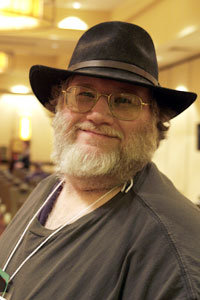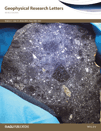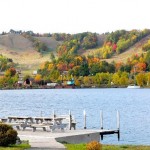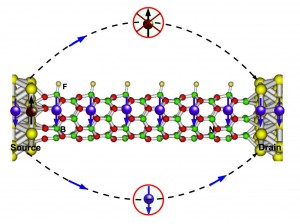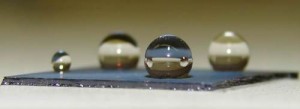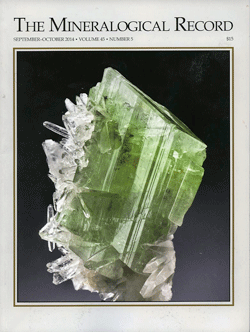
Professor John Jaszczak (Physics), adjunct curator at the A. E. Seaman Mineral Museum, published a paper in the September/October issue of The Mineralogical Record, “Spectacular Sulfides from the Merelani Tanzanite Deposit, Manyara Region, Tanzania.” The paper’s coauthors are Simon Harrison, Mike Keim, Mike Rumsey (Natural History Museum, London) and Michael Wise (Smithsonian Institution).
Vol. 45, No. 5 September – October 2014
